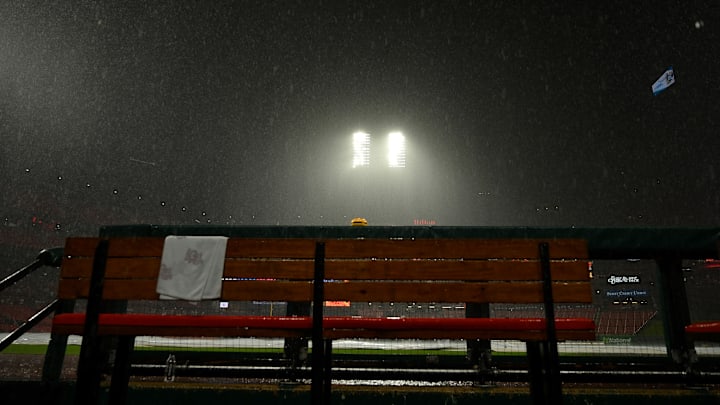The Bad: Depth Misuse
Having depth is almost always a good thing. Positional depth helps fill in the gaps when a player gets hurt or when a player isn't playing well. The problem with depth is that it can create logjams, limit prospect promotion, and create tension in the locker room. Players will lose innings that they otherwise deserve, and certain prospects who may be ready in the minors will have to be held down.
The Cardinals had nine players with a preseason projected OPS+ of 100 or greater and four players in the 90s. Those are really good offensive numbers for any team, especially when seven of the nine players were all projected starters. The problem with the depth of offense came with who was projected to be that good offensively.
Tyler O'Neill, Lars Nootbaar, Dylan Carlson, and Jordan Walker all play the outfield and each was projected to be an above-average hitter. Tommy Edman, Brendan Donovan, and Nolan Gorman were all projected for an OPS+ of 98 or greater. Juan Yepez was projected for a 118 OPS+. The outfield, infield, and DH positions were all very crowded with strong offensive players. This is where depth becomes a problem. Too much of a good thing can come back to bite you.
Another issue with excess depth would be player frustrations. Limited playing time for a good player will surely irritate him. That seems to be the case with Dylan Carlson most recently. Carlson has been a slightly below-average hitter (94 OPS+) and has been a neutral defender in center and right field. On many teams in the majors, Carlson could see everyday playing time in the majors. On the Cardinals, he has been passed by a rookie and an oft-injured left fielder in Tyler O'Neill.
Had management traded some depth pieces in the offseason, they could have acquired players such as Sean Murphy and Pablo Lopez, among others. Trading from an area of strength to improve an area of weakness would have been ideal.
